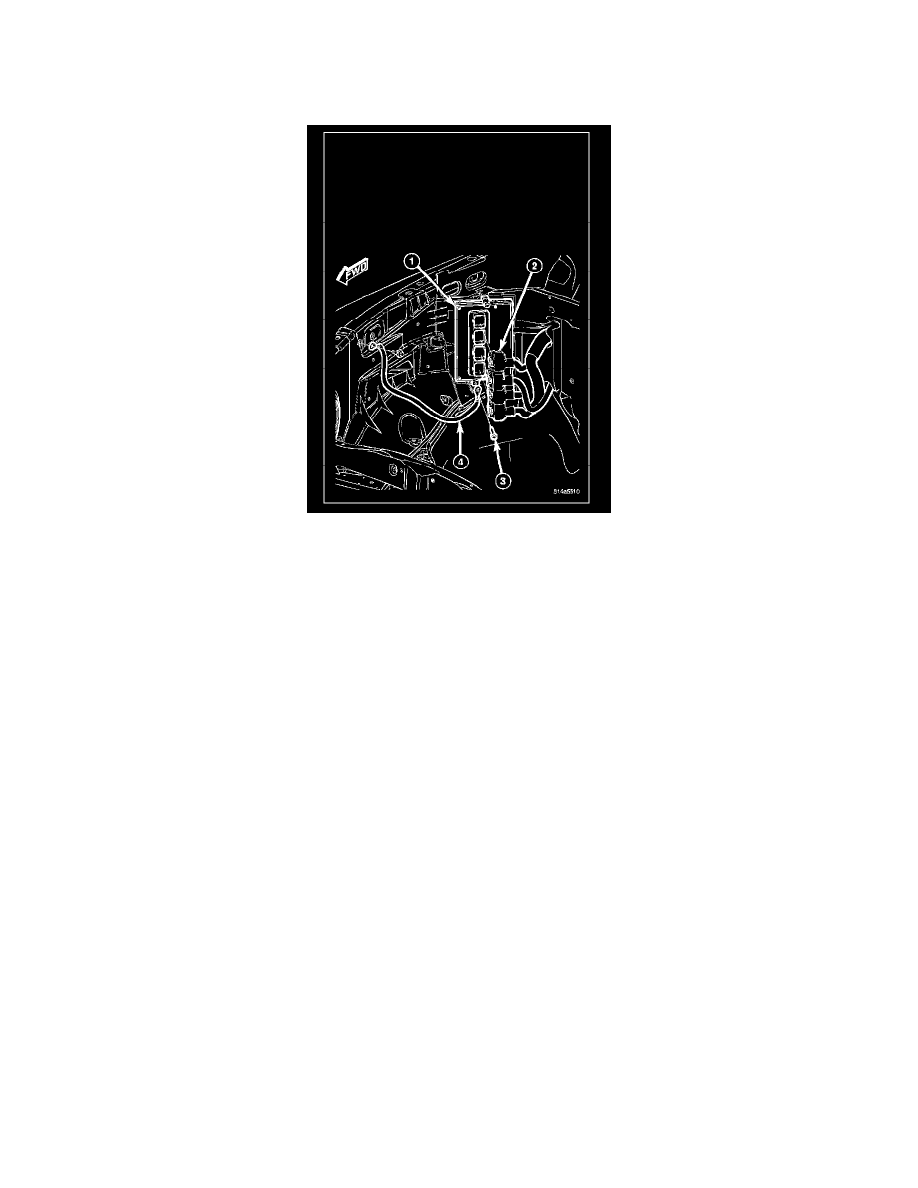Raider 4WD V6-3.7L SOHC (2007)

Control Module: Description and Operation
MODULE - TRANSMISSION CONTROL
DESCRIPTION
The Transmission Control Module (TCM) is a sub-module within the Powertrain Control Module (PCM)
1. The PCM is attached to the right-inner corner of the engine compartment.
OPERATION
The Transmission Control Module (TCM) controls all electronic operations of the transmission. The TCM receives information regarding vehicle
operation from both direct and indirect inputs, and selects the operational mode of the transmission. Direct inputs are hard wired to, and used specifically
by the TCM.
Indirect inputs are shared with the TCM via the vehicle communication bus. Some examples of direct inputs to the TCM are:
-
Battery (B+) voltage
-
Ignition ON voltage
-
Transmission Control Relay (Switched B+)
-
Throttle Position Sensor
-
Crankshaft Position Sensor
-
Transmission Range Sensor
-
Pressure Switches
-
Transmission Temperature Sensor
-
Input Shaft Speed Sensor
-
Output Shaft Speed Sensor
-
Line Pressure Sensor
Some examples of indirect inputs to the TCM are:
-
Engine/Body Identification
-
Manifold Pressure
-
Target Idle
-
Torque Reduction Confirmation
-
Engine Coolant Temperature
-
Ambient/Battery Temperature
-
Scan Tool Communication
Based on the information received from these various inputs, the TCM determines the appropriate shift schedule and shift points, depending on the
present operating conditions and driver demand. This is possible through the control of various direct and indirect outputs.
Some examples of TCM direct outputs are:
-
Transmission Control Relay
-
Solenoids
